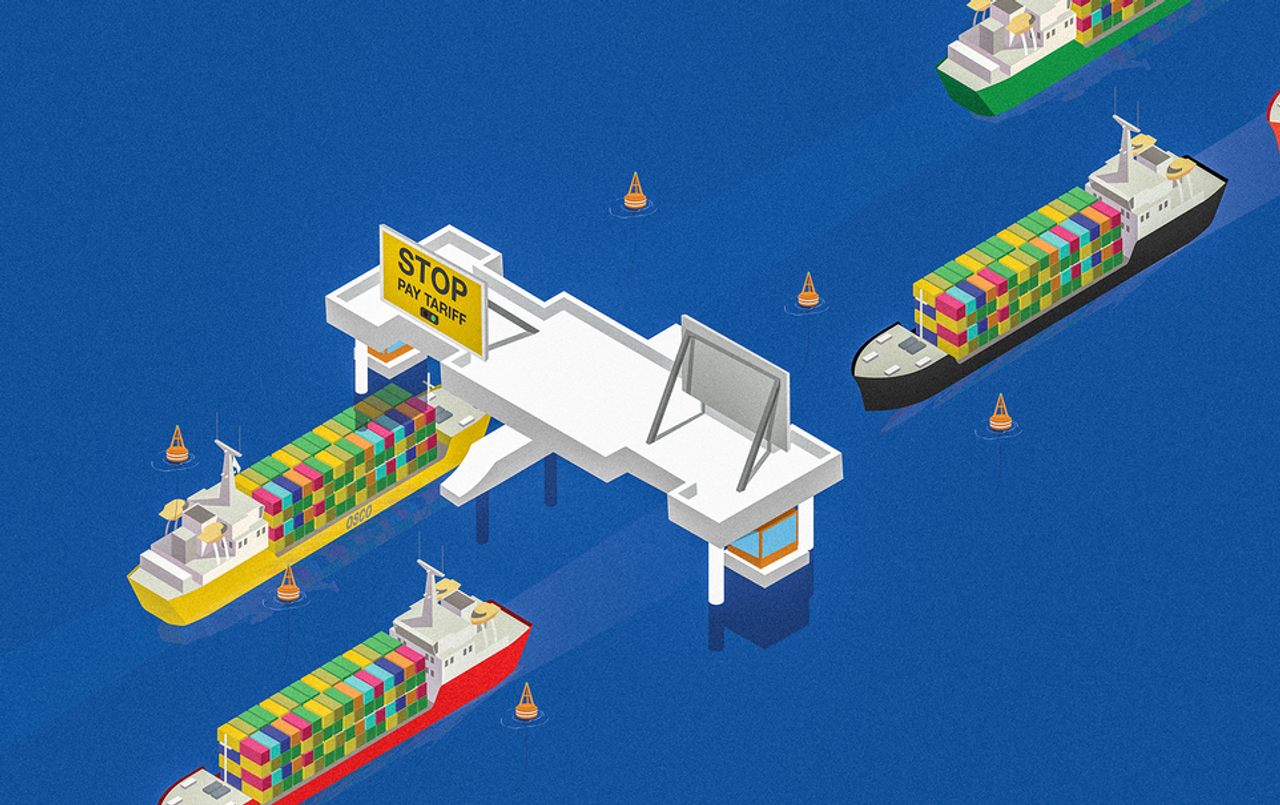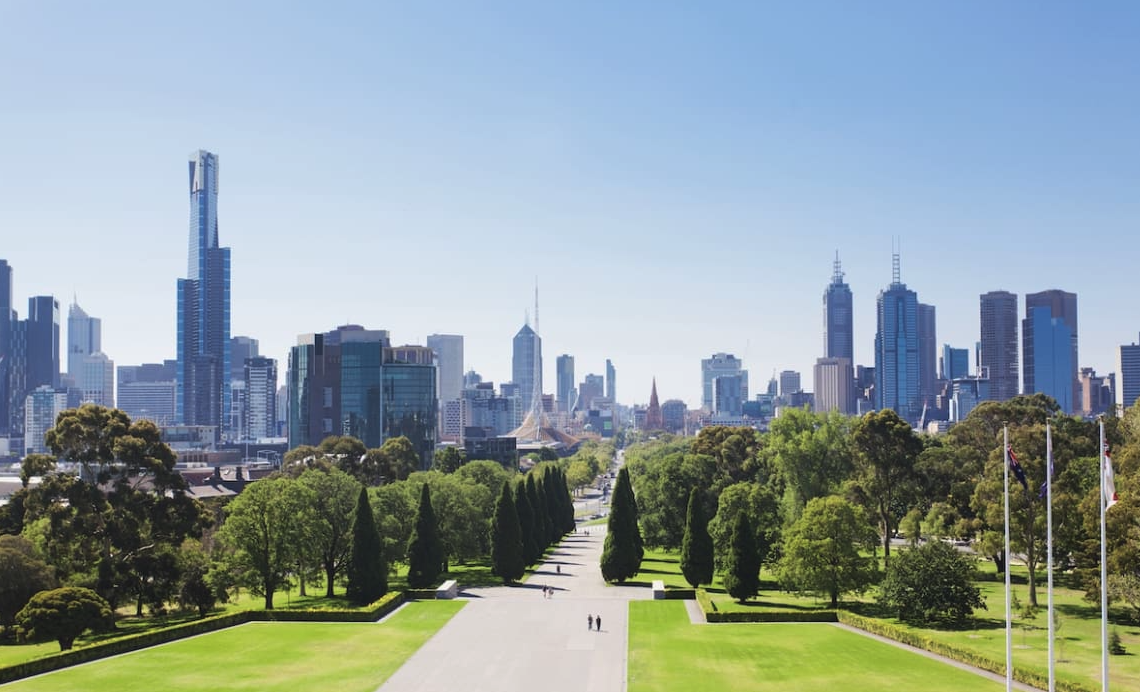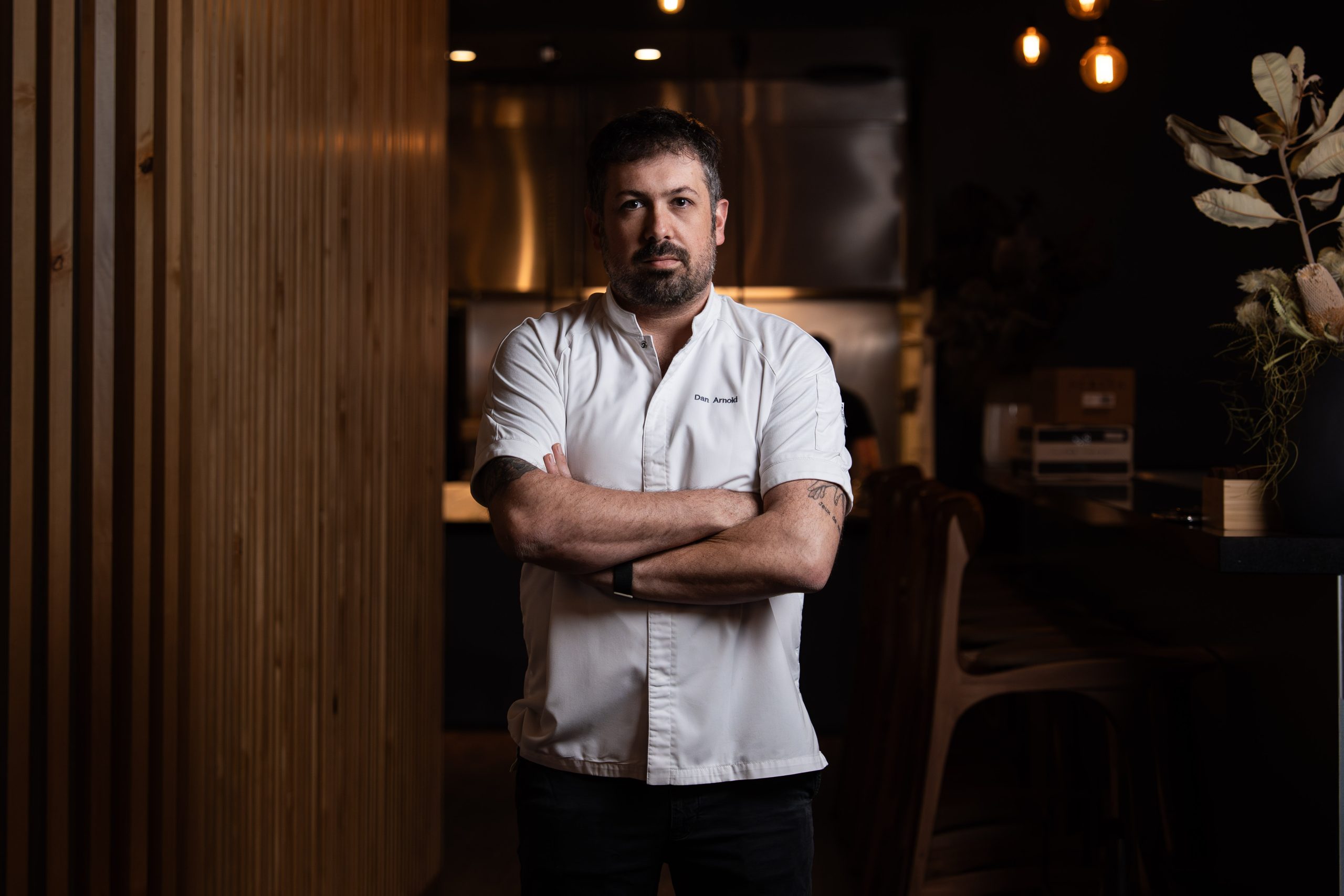Tariffs Are on the Table for U.S. Importers, Whatever the Election Outcome
U.S. companies are pulling away from China as Democrats and Republicans increasingly impose duties on Beijing
Until a few years ago, Chinese factories supplied the world with Sharpie retractable pens and Oster blenders.
No more.
Consumer giant Newell Brands now makes those products, and more, at its own plants in the U.S. and Mexico. Many of its other products are made in factories in Vietnam, Indonesia and Thailand.
Chris Peterson , Newell’s chief executive, said the company’s shift reduces its dependence on China at a time when both the Democratic and Republican parties “are getting more protectionist in terms of trade policy.”
Tariffs are becoming an entrenched tool tying together geopolitics and trade , and they are playing a bigger role in long-term manufacturing and sourcing decisions. Nowhere are they hitting harder than in China, where importers and exporters are navigating an increasingly complicated regime of levies on goods ranging from semiconductors to mattresses.
“Tariffs have always existed and they’ve always been regarded as a cost of doing business,” said Simon Geale, executive vice president of procurement at supply-chain consulting firm Proxima. “But they’ve been getting much more teeth in the last five or six years.”
The new era of tariffs kicked off under the Trump administration with duties on imports from a swath of countries and a focus on Chinese products ranging from truck chassis to consumer goods.
The Biden administration kept most of the tariffs in place, and then added further duties on Chinese steel, semiconductors and electric vehicles, citing national security concerns and an industrial policy aimed at reviving American manufacturing .
The two candidates in this year’s presidential election look set to continue the trend, as trade, manufacturing and the tools to tie them together take a prominent role in the campaign.
Former president Donald Trump , the Republican nominee, has said he would roll out new tariffs with a potential 10% across-the-board duty on imported goods and a 60% tariff on goods from China.
Vice President Kamala Harris , the Democratic nominee, so far hasn’t indicated a desire to deviate much from President Biden’s trade policies.
Before becoming vice president, Harris diverged from Biden on Trump’s revised North American Free Trade Agreement, known as the United States-Mexico-Canada-Agreement. As a senator, Harris joined some Democratic lawmakers, saying it didn’t do enough to address climate change, suggesting Harris may have more of a focus on social justice issues when considering trade pacts.
Harris has been in lockstep with the president in the Biden administration.
At an electronics factory in Wisconsin last summer, Harris said she and Biden want to bring manufacturing jobs back to America. At a campaign event in North Carolina on July 18, she said Trump’s proposed universal 10% tariff “would increase the cost of everyday expenses for families.” She didn’t criticise current tariffs on Chinese goods .
Both Trump and Harris opposed the Trans-Pacific Partnership, the expansive multination trade deal that was designed to expand alternatives to trading with China. Trump withdrew the U.S. from the agreement immediately on taking office in 2017.
The trade policies pose a conundrum for companies. Do they continue sourcing from China and risk the potential impact of escalating tariffs? Or do they look outside China, where costs are higher, but duties and other geopolitical risks are lower?
Trump’s threat of universal tariffs has even spooked supporters. Tesla Chief Executive Elon Musk , who has endorsed Trump, said he would delay a decision on a new plant in Mexico until after the election because “it doesn’t make sense” if Trump wins and puts “heavy tariffs” on vehicles produced there.
Shifting supply chains to other countries is complex. Companies must find new suppliers of raw materials and finished goods. Suppliers and sub-suppliers must be vetted to make sure they don’t violate increasingly stringent U.S. rules on issues such as forced labor.
Anne van de Heetkamp , a vice president of product management at supply chain and logistics technology company Descartes , said when trade tensions started ratcheting up five years ago companies weren’t in a hurry to shift supply chains. Now that the duties appear more permanent, Descartes’s customers are mapping out new global supply networks.
Surging exports out of Southeast Asia, India and Mexico suggest Newell isn’t alone in its desire to reduce reliance on China. The shifts are fuelling new logistics investments in factories, warehousing and transportation operations around the world.
DHL Express U.S., a parcel unit of German logistics giant Deutsche Post , added a new direct flight between Vietnam and the U.S. in 2022 to cater to rising exports that used to reach the U.S. via Hong Kong. CEO Greg Hewitt said the unit is also looking at expanding its networks along the U.S. -Mexico border to serve surging demand there.
Hewitt cautioned that China remains the world’s top supplier of manufactured goods and will likely hold that position because of its streamlined supply chains and low costs for raw materials and labour.
Retail industry trade groups and some executives warn some items can’t be produced anywhere else in the world and that escalating tariffs will simply raise consumer prices and fuel inflation. Analysts at Goldman Sachs estimate that every percentage point increase in the overall U.S. tariff rate would increase core consumer prices by just over 0.1%.
“The problem is the best place to make shoes is China,” said Ronnie Robinson, chief supply chain officer at Designer Brands , parent company of footwear retailer DSW.
Robinson said for every dollar the government adds in tariffs, consumers pay an extra $2 to $4 at the checkout. “The reality is that you and I are paying for the tariffs as part of the ticket price when you go into the store and buy,” he said.
Robinson said Designer Brands sources about 70% of its footwear from China, down from 90% several years ago. He said the company aims to reduce its reliance further to about 50%, but China will remain the company’s largest single source of shoes.
Peterson said just 15% of Newell’s goods rely on products made in China today, down from more than 30% several years ago. He expects that by the end of next year the share will fall below 10%.
He said that when the company is searching for new Chinese suppliers one of its first questions is whether they have capacity or plan to add capacity outside the country.
“If a supplier doesn’t have manufacturing capability outside of China, we will not select them as a vendor for us,” he said.
 Copyright 2020, Dow Jones & Company, Inc. All Rights Reserved Worldwide. LEARN MORE
Copyright 2020, Dow Jones & Company, Inc. All Rights Reserved Worldwide. LEARN MORE
A divide has opened in the tech job market between those with artificial-intelligence skills and everyone else.
A 30-metre masterpiece unveiled in Monaco brings Lamborghini’s supercar drama to the high seas, powered by 7,600 horsepower and unmistakable Italian design.
A divide has opened in the tech job market between those with artificial-intelligence skills and everyone else.
There has rarely, if ever, been so much tech talent available in the job market. Yet many tech companies say good help is hard to find.
What gives?
U.S. colleges more than doubled the number of computer-science degrees awarded from 2013 to 2022, according to federal data. Then came round after round of layoffs at Google, Meta, Amazon, and others.
The Bureau of Labor Statistics predicts businesses will employ 6% fewer computer programmers in 2034 than they did last year.
All of this should, in theory, mean there is an ample supply of eager, capable engineers ready for hire.
But in their feverish pursuit of artificial-intelligence supremacy, employers say there aren’t enough people with the most in-demand skills. The few perceived as AI savants can command multimillion-dollar pay packages. On a second tier of AI savvy, workers can rake in close to $1 million a year .
Landing a job is tough for most everyone else.
Frustrated job seekers contend businesses could expand the AI talent pipeline with a little imagination. The argument is companies should accept that relatively few people have AI-specific experience because the technology is so new. They ought to focus on identifying candidates with transferable skills and let those people learn on the job.
Often, though, companies seem to hold out for dream candidates with deep backgrounds in machine learning. Many AI-related roles go unfilled for weeks or months—or get taken off job boards only to be reposted soon after.
Playing a different game
It is difficult to define what makes an AI all-star, but I’m sorry to report that it’s probably not whatever you’re doing.
Maybe you’re learning how to work more efficiently with the aid of ChatGPT and its robotic brethren. Perhaps you’re taking one of those innumerable AI certificate courses.
You might as well be playing pickup basketball at your local YMCA in hopes of being signed by the Los Angeles Lakers. The AI minds that companies truly covet are almost as rare as professional athletes.
“We’re talking about hundreds of people in the world, at the most,” says Cristóbal Valenzuela, chief executive of Runway, which makes AI image and video tools.
He describes it like this: Picture an AI model as a machine with 1,000 dials. The goal is to train the machine to detect patterns and predict outcomes. To do this, you have to feed it reams of data and know which dials to adjust—and by how much.
The universe of people with the right touch is confined to those with uncanny intuition, genius-level smarts or the foresight (possibly luck) to go into AI many years ago, before it was all the rage.
As a venture-backed startup with about 120 employees, Runway doesn’t necessarily vie with Silicon Valley giants for the AI job market’s version of LeBron James. But when I spoke with Valenzuela recently, his company was advertising base salaries of up to $440,000 for an engineering manager and $490,000 for a director of machine learning.
A job listing like one of these might attract 2,000 applicants in a week, Valenzuela says, and there is a decent chance he won’t pick any of them. A lot of people who claim to be AI literate merely produce “workslop”—generic, low-quality material. He spends a lot of time reading academic journals and browsing GitHub portfolios, and recruiting people whose work impresses him.
In addition to an uncommon skill set, companies trying to win in the hypercompetitive AI arena are scouting for commitment bordering on fanaticism .
Daniel Park is seeking three new members for his nine-person startup. He says he will wait a year or longer if that’s what it takes to fill roles with advertised base salaries of up to $500,000.
He’s looking for “prodigies” willing to work seven days a week. Much of the team lives together in a six-bedroom house in San Francisco.
If this sounds like a lonely existence, Park’s team members may be able to solve their own problem. His company, Pickle, aims to develop personalised AI companions akin to Tony Stark’s Jarvis in “Iron Man.”
Overlooked
James Strawn wasn’t an AI early adopter, and the father of two teenagers doesn’t want to sacrifice his personal life for a job. He is beginning to wonder whether there is still a place for people like him in the tech sector.
He was laid off over the summer after 25 years at Adobe , where he was a senior software quality-assurance engineer. Strawn, 55, started as a contractor and recalls his hiring as a leap of faith by the company.
He had been an artist and graphic designer. The managers who interviewed him figured he could use that background to help make Illustrator and other Adobe software more user-friendly.
Looking for work now, he doesn’t see the same willingness by companies to take a chance on someone whose résumé isn’t a perfect match to the job description. He’s had one interview since his layoff.
“I always thought my years of experience at a high-profile company would at least be enough to get me interviews where I could explain how I could contribute,” says Strawn, who is taking foundational AI courses. “It’s just not like that.”
The trouble for people starting out in AI—whether recent grads or job switchers like Strawn—is that companies see them as a dime a dozen.
“There’s this AI arms race, and the fact of the matter is entry-level people aren’t going to help you win it,” says Matt Massucci, CEO of the tech recruiting firm Hirewell. “There’s this concept of the 10x engineer—the one engineer who can do the work of 10. That’s what companies are really leaning into and paying for.”
He adds that companies can automate some low-level engineering tasks, which frees up more money to throw at high-end talent.
It’s a dynamic that creates a few handsomely paid haves and a lot more have-nots.
In the remote waters of Indonesia’s Anambas Islands, Bawah Reserve is redefining what it means to blend barefoot luxury with environmental stewardship.
Australia’s market is on the move again, and not always where you’d expect. We’ve found the surprise suburbs where prices are climbing fastest.























